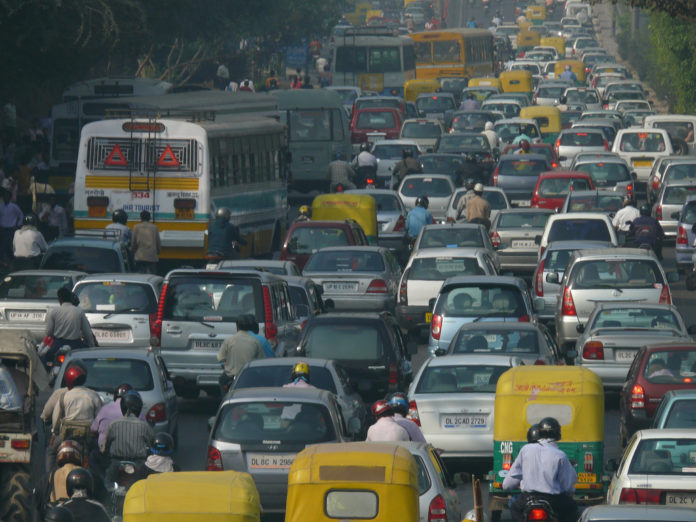Long-term exposure harms the liver and may raise the risk of non alcoholic fatty liver disease; this changes perception about air pollution largely affecting the lungs
Animal studies have revealed that prolonged exposure to even low levels of air pollution can cause liver damage and precipitate non alcoholic fatty liver disease. This changes the long held view that the effects of air pollution are the most pronounced on the lungs.
The study, Prolonged exposure to low-dose traffic-derived PM2.5 causes fatty liver disorder in mice, was recently published in the Journal of Environmental Sciences. “We think of air pollution as being harmful to people’s lungs, but it has a broader impact on health including on the liver. The liver is critical for metabolism. It clears toxins, regulates blood sugar, and produces essential vitamins and proteins, among many other functions. If the liver isn’t functioning properly, it can leave people feeling tired and unwell due to disrupted metabolism,” said lead author Professor Hui Chen from the University of Technology Sydney (UTS).
Fatty liver is the commonest liver disease in the world. The findings have particular significance for India which has some of the most polluted cities in the world. Of the top 100 most polluted cities in the world, 83 are in India, with Begusarai in Bihar topping the list. India also has a very high incidence of liver diseases. A 2022 study estimates that one in three adults or children in India have NAFLD.
“The overall pooled prevalence of NAFLD in India is 38.6% among adults and 35.4% among children. The prevalence is similar in males and females. Our analysis suggests that the prevalence of NAFLD in Indian urban and rural populations is higher than the average estimated global prevalence of 25%,” reported researchers from the All India Institute of Medical Sciences, New Delhi.
The recent animal study found that exposure to air pollution particles caused more immune cells to gather in the liver and it increased inflammation. It also led to more scar tissue forming.
The liver’s fat processing went up, and potentially harmful fats like triglycerides, diacylglycerols, and ceramides also increased. At the same time, the liver stored less sugar for energy.


